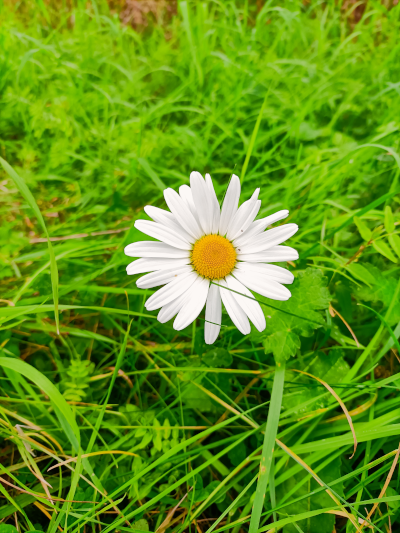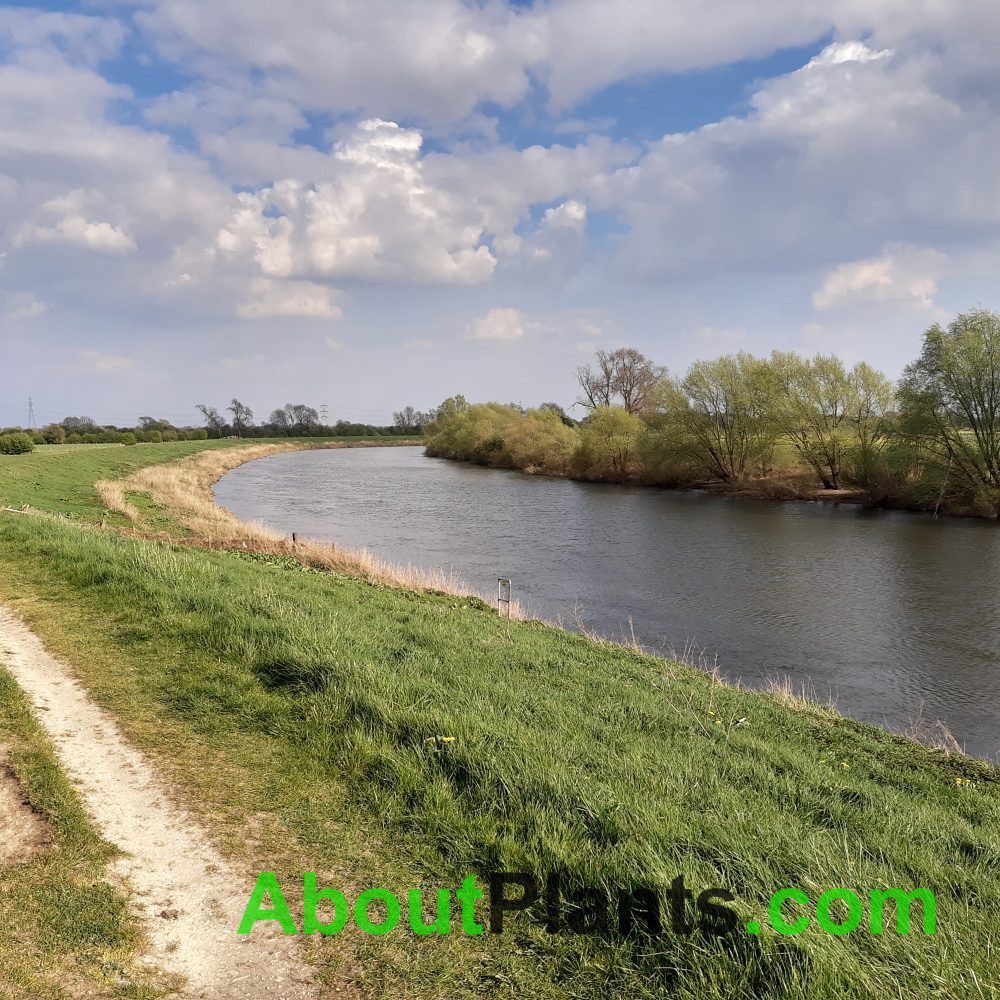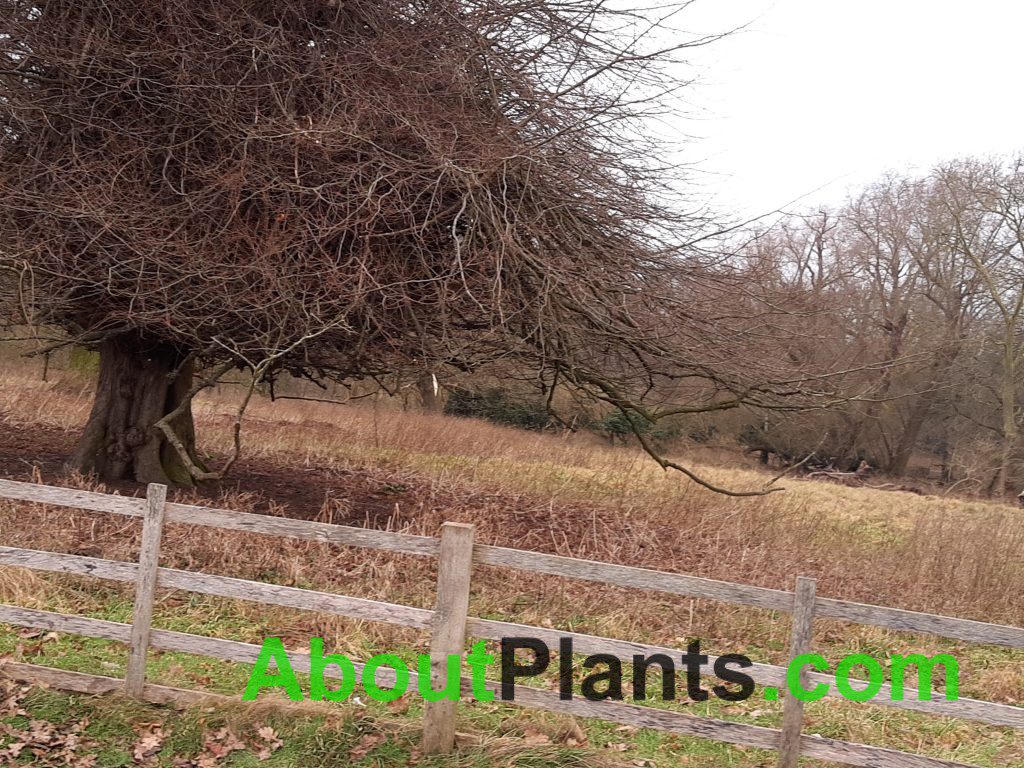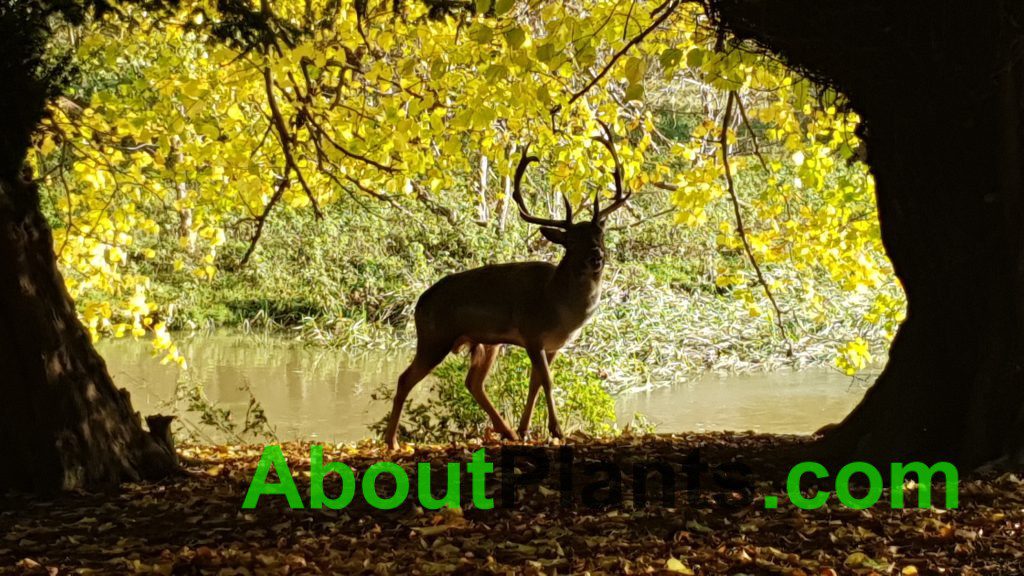Daisies are very pretty. They are considered to be a weed. Does this mean that they should be discarded? We think not. Read this article to learn about flowers that look like a daisy.
Beyond the Classic Daisy: 7 Gorgeous Flowers that Share its Resemblance
When we think of flowers that resemble the classic daisy, images of delicate white petals with a vibrant yellow center often come to mind. However, there are so many more captivating flowers that share this resemblance, each with its own unique charm and beauty. In this post, we will explore seven stunning blooms that go beyond the traditional daisy, presenting a wealth of options for floral enthusiasts and garden enthusiasts alike.
From the charming Shasta daisies to the whimsical Gerbera daisies, each flower on this list showcases a different aspect of the daisy’s allure. Whether it’s the striking colors, intricate patterns, or enchanting fragrances, these flowers are bound to captivate anyone who sets eyes on them.
This article will not only delve into the intriguing characteristics of these flowers but also provide insights on how to grow and care for them. So, get ready to expand your floral horizons and discover a world beyond the classic daisy as we uncover seven gorgeous flowers that share its resemblance.
Exploring the beauty of other flowers with similar resemblances
When it comes to flowers that share the same charm as the classic daisy, the options are truly endless. Each flower possesses its own unique features, making them a delightful addition to any garden or floral arrangement. Let’s take a closer look at these seven stunning blooms and explore their captivating beauty.

The enchanting allure of the Gerbera daisy
Gerbera daisies, also known as Transvaal daisies, are a popular choice among flower enthusiasts. These vibrant blooms come in a wide range of colors, from soft pastels to bold and bright hues. With their large, daisy-like petals and striking centers, Gerbera daisies are a true showstopper in any floral arrangement.
A native of South Africa, Gerbera daisies thrive in warm climates and require plenty of sunlight to flourish. They make excellent cut flowers, adding a pop of color and cheerfulness to any bouquet. To care for Gerbera daisies, provide them with well-draining soil and regular watering. With proper care, these enchanting flowers will bring joy and beauty to your garden.
The delicate charm of the Shasta daisy
Named after the famous Mount Shasta in California, Shasta daisies are beloved for their delicate beauty and long-lasting blooms. These perennial flowers feature white petals and bright yellow centers, creating a classic daisy look. With their simple yet elegant appearance, Shasta daisies are a favorite choice for garden borders and flower beds.
Shasta daisies are low-maintenance plants that thrive in full sun or partial shade. They prefer well-draining soil and regular watering. Deadheading the spent flowers will encourage continuous blooming throughout the summer months. With their timeless charm and easy-care nature, Shasta daisies are a must-have for any garden enthusiast.
The vibrant and exotic appeal of the African daisy
African daisies, also known as Osteospermums, are native to South Africa and are known for their vibrant and exotic appearance. These daisies come in a wide range of colors, including shades of purple, pink, yellow, and white. African daisies feature striking petals with contrasting centers, creating a visually stunning display.
To grow African daisies, choose a sunny location with well-draining soil. These flowers are drought-tolerant and can withstand hot and dry conditions, making them a perfect choice for arid climates. Regular deadheading will ensure continuous blooming, and occasional pruning will help maintain a compact shape. With their vibrant colors and unique flair, African daisies are sure to make a statement in any garden.
The elegant and timeless beauty of the English daisy
The English daisy, also known as Bellis perennis, is a small but mighty flower that has captured the hearts of many gardeners. With its delicate white petals and bright yellow centers, the English daisy exudes an elegant and timeless beauty. These daisies are often seen in cottage gardens, adding a touch of whimsy and charm.
English daisies prefer cool weather and partial shade. They grow best in moist, well-draining soil and require regular watering. These little blooms are known for their resilience and can withstand light frosts, making them ideal for early spring or fall planting. Whether planted in a garden or used as a groundcover, the English daisy will bring a touch of classic beauty to any space.
The unique and eye-catching beauty of the Black-eyed Susan
The Black-eyed Susan, also known as Rudbeckia, is a striking daisy-like flower that showcases unique beauty with its vibrant yellow petals and dark brown centers. These flowers are native to North America and are a favorite among gardeners for their long-lasting blooms and low maintenance requirements.
Black-eyed Susans thrive in full sun and well-draining soil. They are drought-tolerant and can withstand hot and dry conditions, making them a perfect choice for gardens with minimal watering. These flowers attract butterflies and bees, adding a touch of wildlife to your garden. With their eye-catching beauty and resilience, Black-eyed Susans are a wonderful addition to any landscape.
The stunning and intricate patterns of the Marigold flower
Marigolds are a popular choice among gardeners due to their vibrant colors and intricate patterns. These daisy-like flowers come in various shades of orange, yellow, and red, often with contrasting patterns on their petals. Marigolds are known for their strong scent, which can help deter pests from the garden.
To grow marigolds, provide them with full sun and well-draining soil. These flowers are relatively low-maintenance and require regular watering. Deadheading spent flowers will encourage continuous blooming, and occasional pinching will help maintain a bushy shape. With their stunning colors and unique patterns, marigolds are a delightful addition to any garden.
The vibrant and cheerful presence of the Sunflower
No list of daisy-like flowers would be complete without the mention of the iconic sunflower. With its large, golden-yellow petals surrounding a dark center, the sunflower is a symbol of vibrancy and cheerfulness. These tall and majestic flowers are a favorite among gardeners for their striking appearance and ability to attract bees and birds.
Sunflowers thrive in full sun and well-draining soil. They require regular watering, especially during dry spells. These flowers can grow to impressive heights, making them a statement piece in any garden or landscape. Whether grown for their seeds or their visual impact, sunflowers are a true testament to the beauty and resilience of daisy-like flowers.
Conclusion: Expanding your floral horizons with these daisy-like beauties
In conclusion, there is a whole world of stunning flowers that share the same allure as the classic daisy. From the enchanting Gerbera daisies to the delicate Shasta daisies, each flower on this list offers its own unique charm and beauty. Whether you’re a floral enthusiast looking to expand your collection or a garden enthusiast in search of new plant varieties, these daisy-like flowers are sure to captivate your heart.
In addition to their beauty, these flowers are relatively easy to grow and care for, making them accessible to both experienced gardeners and beginners. By providing them with the right conditions and regular care, you can enjoy their vibrant colors, captivating patterns, and delightful fragrances throughout the growing season.
So, why limit yourself to the classic daisy when there are so many other gorgeous flowers to explore? Expand your floral horizons and embrace the beauty of these daisy-like blooms. Whether you choose the whimsical Gerbera daisies, the timeless English daisies, or the vibrant African daisies, you’re sure to create a garden that is filled with enchantment and joy.
Thank you for visiting AboutPlants.com. We hope that you have found this article interesting. To read about more plants, flowers, shrubs and trees, see our A to Z of Plants page.






